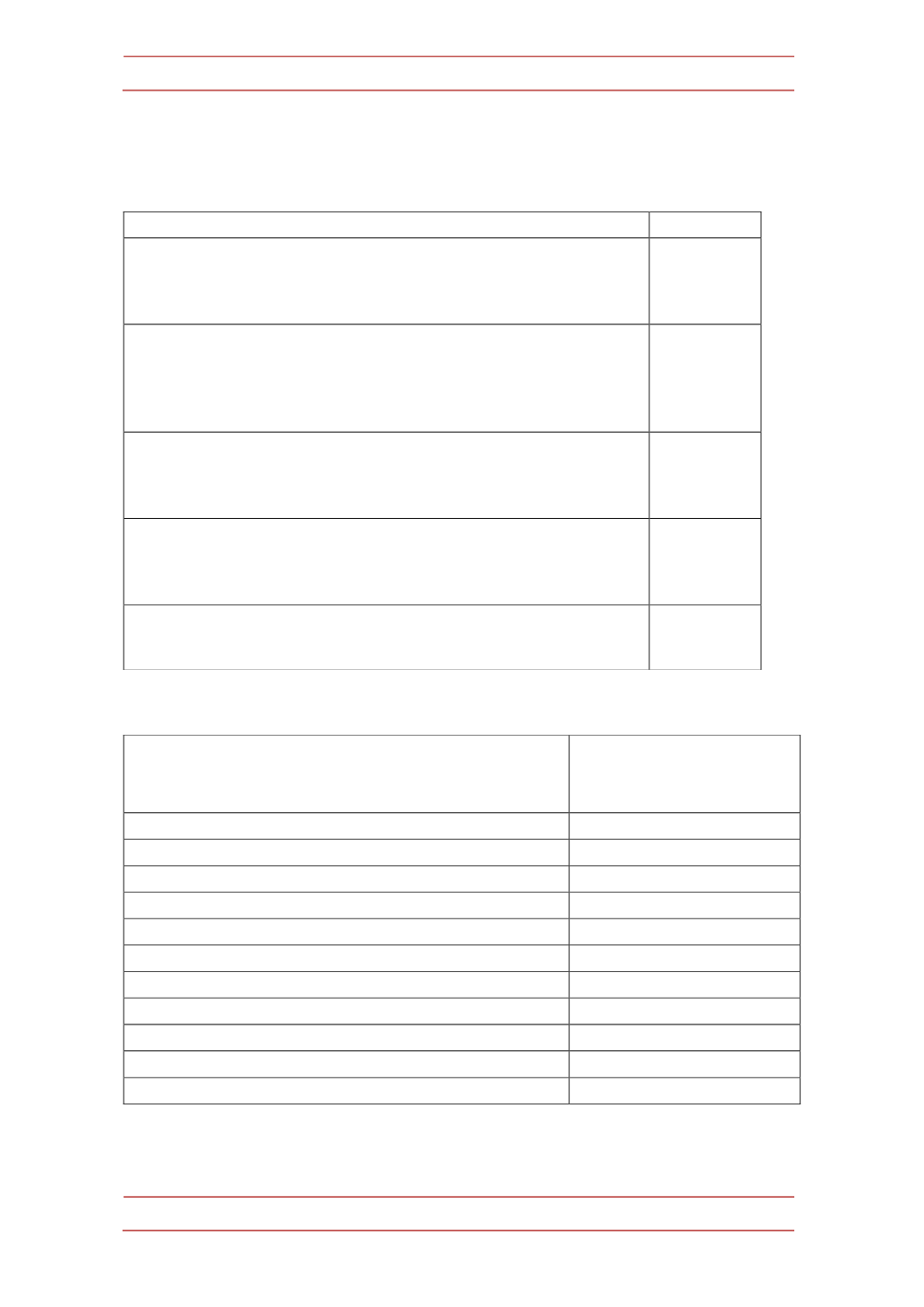
MIND LINES AGAINST GUIDELINES IN TREATMENT OF MALARIA …
505
(n= 321), artemether 17.4 % (n= 104), sulphadoxine/pyremethamine 10.5% (n=
63) and amidaquine HCl 7.7 % (n= 46) (Table 3).
Table 2.-‐
Demographics.
Table 3.-‐
Prescribing trends in tertiary healthcare facilities.
Parameter
F (%)
Designation
Specialists
Medical officer
House office
48 (8)
346 (57.8)
206 (34.3)
Experience
Less than one year
1-5 years
6-10 years
More than 10 years
121 (20.2)
244 (40.7)
142 (23.7)
93 (15.5)
Prescribers aware of malaria STGs
Yes
No
90 (15)
510 (85)
Prescribers received any training on malaria STGs
Yes
No
60 (10)
540 (90)
Availability of STG for malaria in health facilities
Yes
No
10 (1.7)
590 (98.3)
Indicator
Prescriptions
n = 600
F (%)
Diagnosis written on prescriptions
226 (37.7 %)
Results of MP test on prescriptions
55 (9.2 %)
Antibiotics prescribed
175 (29.2 %)
Injections prescribed
126 (21 %)
Anti-pyretic prescribed
554 (92.4 %)
Prescribing by generic name
18 (3 %)
Chloroquine phosphate prescribed
66 (11 %)
Artemether/lumefentraine prescribed
321 (53.5 %)
Artemether prescribed
104 (17.3 %)
Sulphadoxine/pyremethamine prescribed
63 (10.5 %)
Amodiaquine HCl prescribed
46 (7.7 %)


